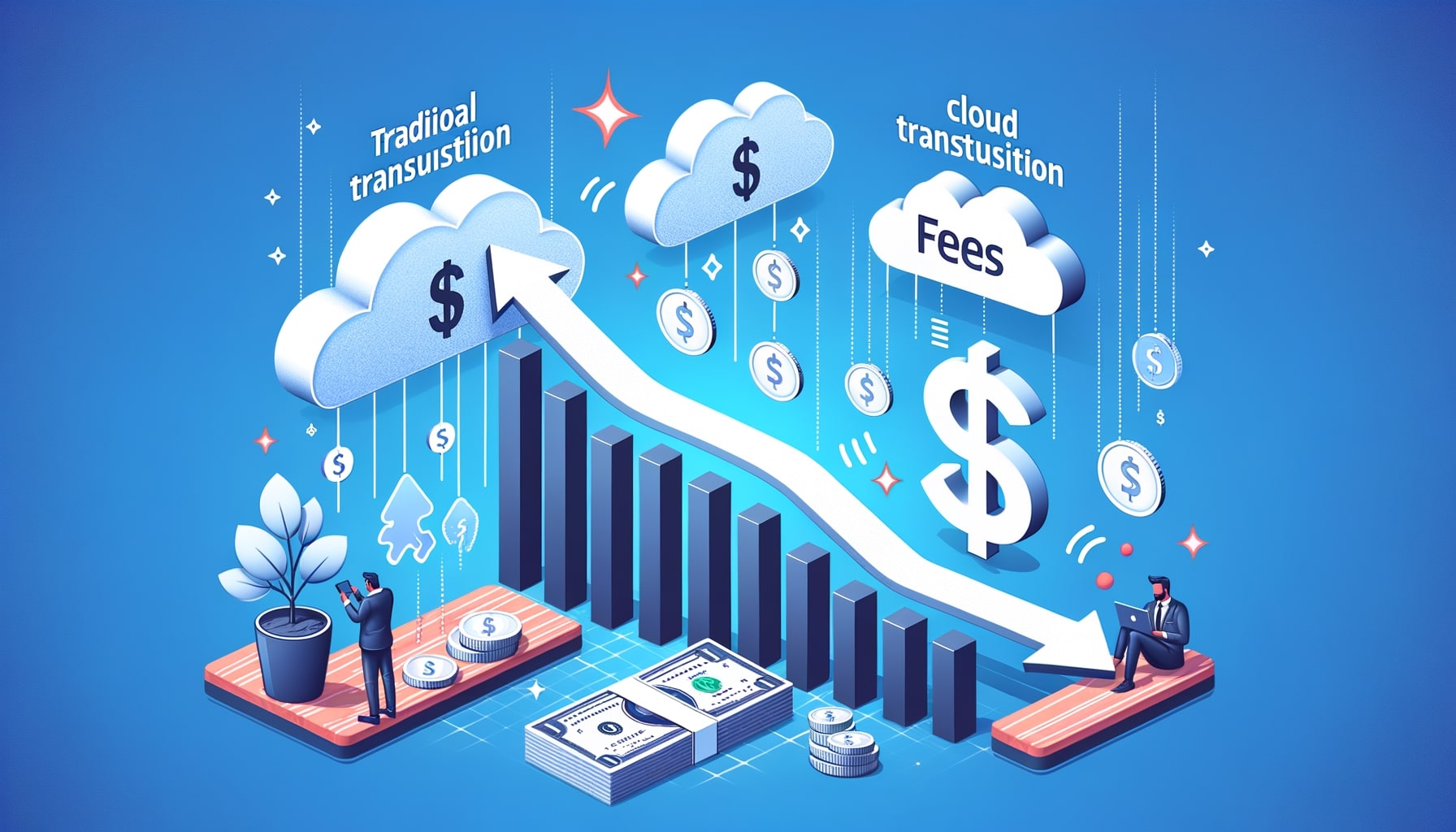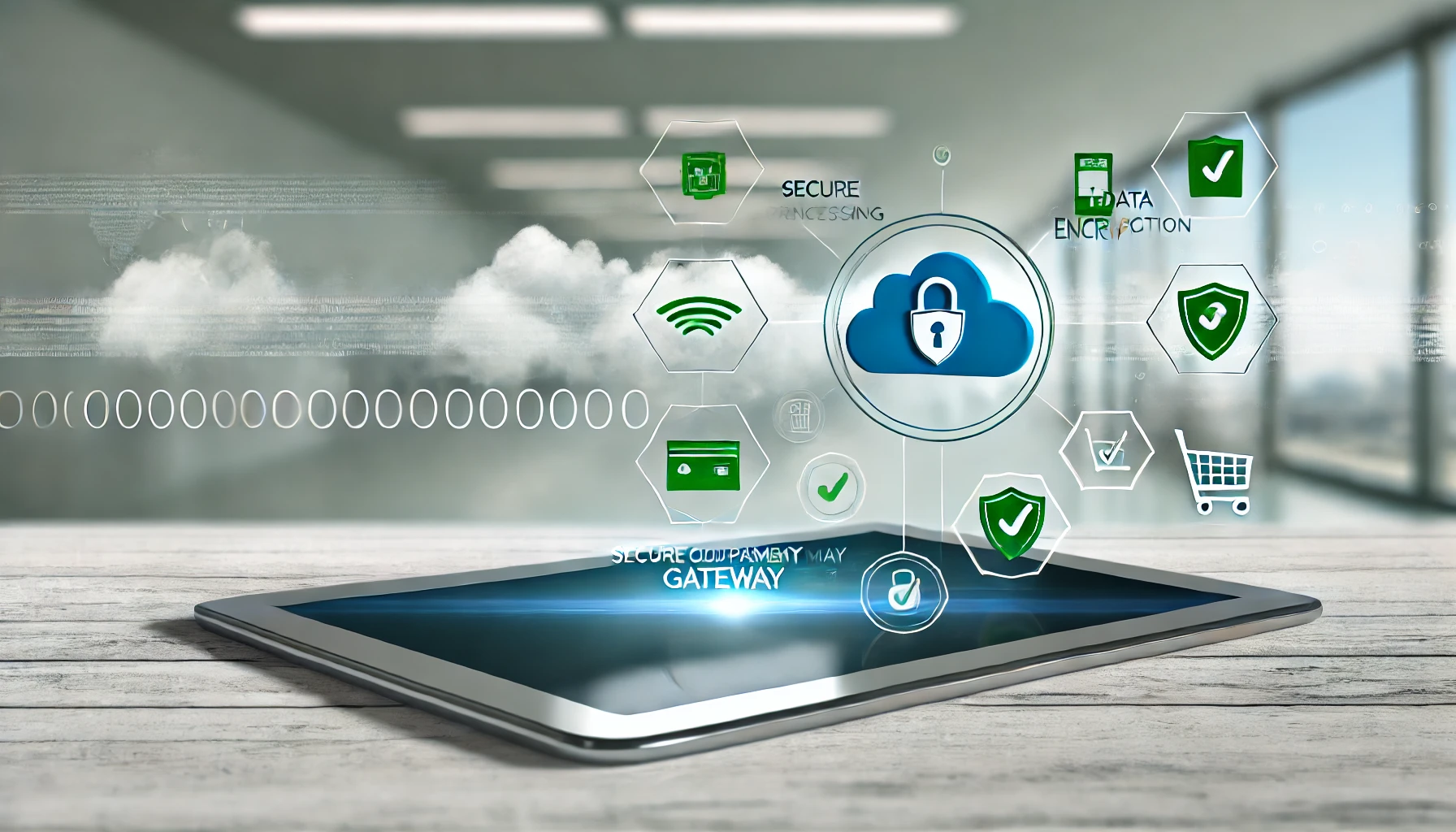How to Integrate Cloud Payments with POS Systems
In today’s digital age, businesses are constantly seeking ways to streamline their operations and enhance customer experiences. One area where significant advancements have been made is in the integration of cloud payments with point-of-sale (POS) systems. Cloud payments refer to the process of accepting and processing payments through cloud-based platforms, while POS systems are the hardware and software solutions used to facilitate transactions at the point of sale.
The integration of cloud payments with POS systems offers numerous benefits for businesses, including increased efficiency, improved customer service, and enhanced data security. In this comprehensive guide, we will explore the basics of cloud payments, the different types of POS systems available, and provide a step-by-step guide on how to integrate cloud payments with a POS system. We will also discuss best practices for optimizing cloud payment integration, troubleshooting common issues, and address frequently asked questions about cloud payments and POS systems.
Benefits of Integrating Cloud Payments with POS Systems
- Increased Efficiency: Integrating cloud payments with a POS system eliminates the need for manual data entry and reduces the risk of human error. Transactions are processed in real-time, allowing for faster checkout times and improved customer satisfaction.
- Enhanced Customer Service: Cloud payment integration enables businesses to offer a variety of payment options, including mobile wallets and contactless payments. This flexibility enhances the customer experience by providing convenient and secure payment methods.
- Improved Data Security: Cloud payment solutions offer advanced security features, such as tokenization and encryption, to protect sensitive customer information. By integrating cloud payments with a POS system, businesses can ensure that payment data is securely transmitted and stored.
- Access to Real-Time Analytics: Cloud payment integration provides businesses with access to real-time sales data and analytics. This information can be used to make informed business decisions, optimize inventory management, and identify trends and patterns in customer behavior.
Understanding the Basics of Cloud Payments
Cloud payments involve the use of cloud-based platforms to accept and process payments. Instead of relying on traditional payment methods, such as cash or checks, cloud payments enable businesses to accept credit and debit card payments, as well as alternative payment methods like mobile wallets and digital currencies.
Cloud payment solutions typically consist of a payment gateway, which securely transmits payment data between the customer, the merchant, and the payment processor. The payment processor then authorizes and processes the payment, and the funds are transferred to the merchant’s account.
Exploring Different POS Systems and their Compatibility with Cloud Payments
There are various types of POS systems available in the market, each with its own features and capabilities. When considering the integration of cloud payments with a POS system, it is important to choose a system that is compatible with cloud payment solutions.
- Traditional POS Systems: Traditional POS systems are hardware-based solutions that require on-site installation. While these systems may not have built-in cloud payment capabilities, they can often be integrated with cloud payment solutions through the use of additional hardware or software.
- Tablet-based POS Systems: Tablet-based POS systems are becoming increasingly popular due to their affordability and flexibility. These systems are often cloud-based by nature and offer built-in compatibility with cloud payment solutions.
- Mobile POS Systems: Mobile POS systems are designed to be used on smartphones or tablets, allowing businesses to accept payments on the go. These systems are typically cloud-based and offer seamless integration with cloud payment solutions.
Step-by-Step Guide: Integrating Cloud Payments with a POS System
Integrating cloud payments with a POS system may seem like a complex process, but with the right approach, it can be relatively straightforward. Here is a step-by-step guide to help you integrate cloud payments with your POS system:
- Research and Choose a Cloud Payment Solution: Start by researching different cloud payment solutions available in the market. Consider factors such as pricing, features, security, and compatibility with your POS system. Choose a solution that best meets your business needs.
- Set Up a Merchant Account: To accept payments through a cloud payment solution, you will need to set up a merchant account with a payment processor. This account will enable you to receive funds from customer transactions.
- Configure Your POS System: Depending on the type of POS system you are using, you may need to configure it to work with the cloud payment solution. Follow the instructions provided by the POS system provider to ensure proper integration.
- Connect Your POS System to the Cloud Payment Solution: Once your POS system is configured, you will need to establish a connection between your POS system and the cloud payment solution. This can typically be done through an application programming interface (API) or a software development kit (SDK) provided by the payment solution provider.
- Test the Integration: Before going live, it is important to thoroughly test the integration between your POS system and the cloud payment solution. Process test transactions to ensure that payments are being properly authorized and processed.
- Train Your Staff: Once the integration is complete, train your staff on how to use the new cloud payment features. Ensure that they are familiar with the process of accepting payments, issuing refunds, and handling any potential issues that may arise.
Ensuring Security and Compliance in Cloud Payment Integration
When integrating cloud payments with a POS system, it is crucial to prioritize security and compliance. Here are some best practices to ensure the security of your cloud payment integration:
- Choose a PCI-DSS Compliant Solution: The Payment Card Industry Data Security Standard (PCI-DSS) sets guidelines for securely handling payment card data. Choose a cloud payment solution that is PCI-DSS compliant to ensure that your customers’ payment information is protected.
- Implement Tokenization and Encryption: Tokenization replaces sensitive payment data with a unique identifier, or token, to prevent unauthorized access. Encryption ensures that payment data is securely transmitted and stored. Implement both tokenization and encryption to enhance the security of your cloud payment integration.
- Regularly Update Software and Firmware: Keep your POS system and cloud payment solution up to date with the latest software and firmware updates. These updates often include security patches and bug fixes that address vulnerabilities.
- Train Staff on Security Best Practices: Educate your staff on security best practices, such as the importance of strong passwords, avoiding phishing scams, and securely handling customer payment information. Regularly remind them of these practices to ensure compliance.
Troubleshooting Common Issues in Cloud Payment Integration with POS Systems
While integrating cloud payments with a POS system can offer numerous benefits, it is not without its challenges. Here are some common issues that may arise during the integration process and how to troubleshoot them:
- Connectivity Issues: If you are experiencing connectivity issues between your POS system and the cloud payment solution, check your internet connection and ensure that all necessary cables and devices are properly connected. If the issue persists, contact your POS system or payment solution provider for further assistance.
- Payment Authorization Failures: If payments are not being authorized or are being declined, verify that the payment processor is properly configured and that your merchant account is active and in good standing. Check for any error messages or notifications from the payment solution provider and follow their instructions for troubleshooting.
- Compatibility Issues: If you are using a traditional POS system, compatibility issues may arise when integrating with a cloud payment solution. Ensure that your POS system meets the minimum requirements for integration and consult with the payment solution provider for any necessary workarounds or additional hardware/software requirements.
Best Practices for Optimizing Cloud Payment Integration
To optimize your cloud payment integration and maximize its benefits, consider the following best practices:
- Offer a Variety of Payment Options: Provide your customers with a range of payment options, including credit and debit cards, mobile wallets, and digital currencies. This flexibility enhances the customer experience and increases the likelihood of completing a sale.
- Leverage Real-Time Analytics: Take advantage of the real-time sales data and analytics provided by your cloud payment solution. Use this information to identify trends, optimize inventory management, and make data-driven business decisions.
- Regularly Monitor and Update Security Measures: Stay vigilant in monitoring and updating your security measures to protect against potential threats. Regularly review your security protocols, conduct vulnerability assessments, and implement any necessary updates or patches.
- Train Staff on New Features: As new features and updates are released for your cloud payment solution, ensure that your staff is trained on how to use them effectively. This will help maximize the benefits of the integration and ensure a smooth customer experience.
Frequently Asked Questions (FAQs) about Cloud Payments and POS Systems
Q.1: What is the difference between cloud payments and traditional payment methods?
Cloud payments involve the use of cloud-based platforms to accept and process payments, while traditional payment methods typically involve physical forms of payment, such as cash or checks.
Q.2: Are cloud payments secure?
Yes, cloud payment solutions offer advanced security features, such as tokenization and encryption, to protect sensitive customer information. However, it is important to choose a PCI-DSS compliant solution and follow best practices to ensure the security of your cloud payment integration.
Q.3: Can I integrate cloud payments with my existing POS system?
In most cases, yes. Depending on the type of POS system you are using, you may need to configure it or add additional hardware/software to enable integration with a cloud payment solution. Consult with your POS system provider and the payment solution provider for guidance.
Q.4: What are the benefits of integrating cloud payments with a POS system?
Integrating cloud payments with a POS system offers benefits such as increased efficiency, enhanced customer service, improved data security, and access to real-time analytics.
Conclusion
Integrating cloud payments with a POS system can revolutionize the way businesses accept and process payments. By following the step-by-step guide provided in this comprehensive article, businesses can seamlessly integrate cloud payments with their POS systems, resulting in increased efficiency, improved customer service, and enhanced data security.
By prioritizing security and compliance, troubleshooting common issues, and implementing best practices, businesses can optimize their cloud payment integration and maximize its benefits. With the ever-evolving landscape of technology and consumer preferences, integrating cloud payments with POS systems is a crucial step for businesses to stay competitive and meet the demands of modern customers.










